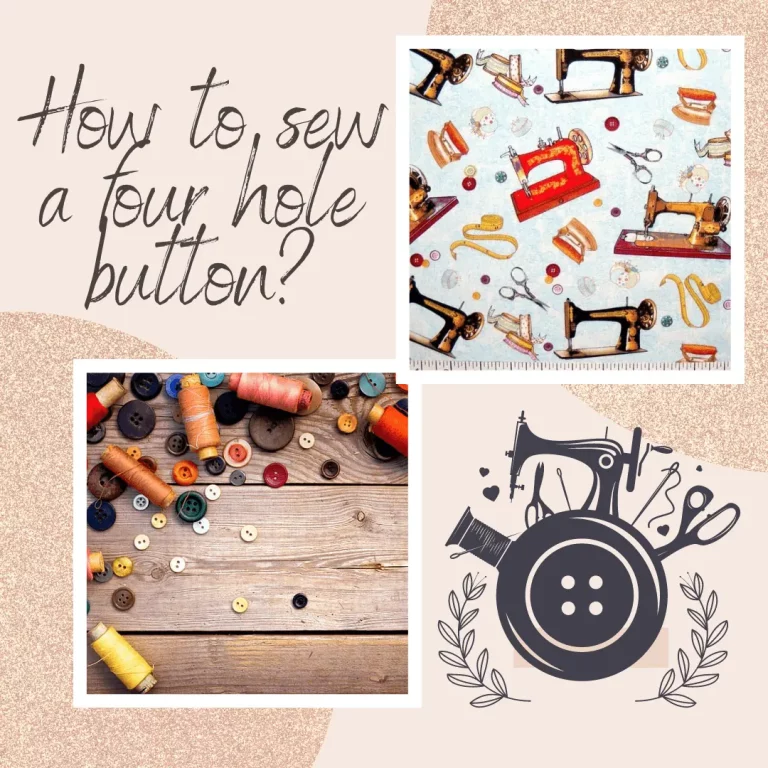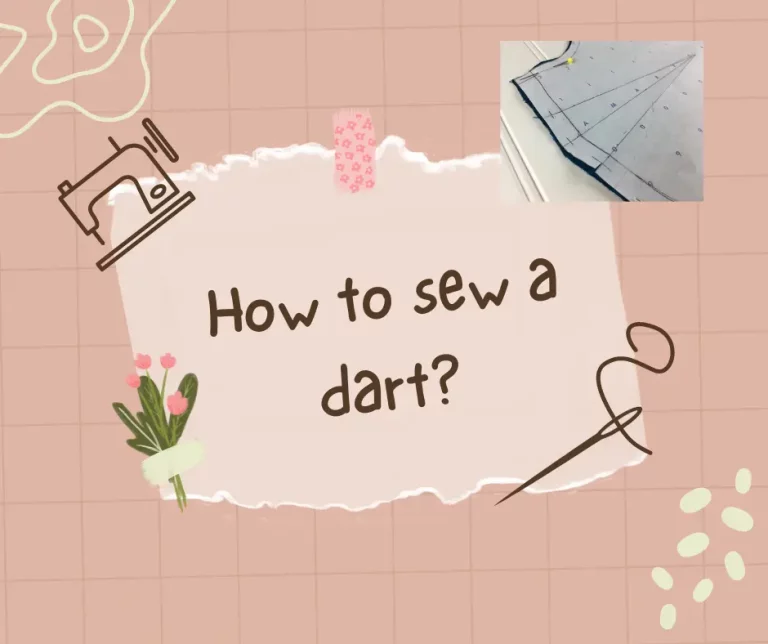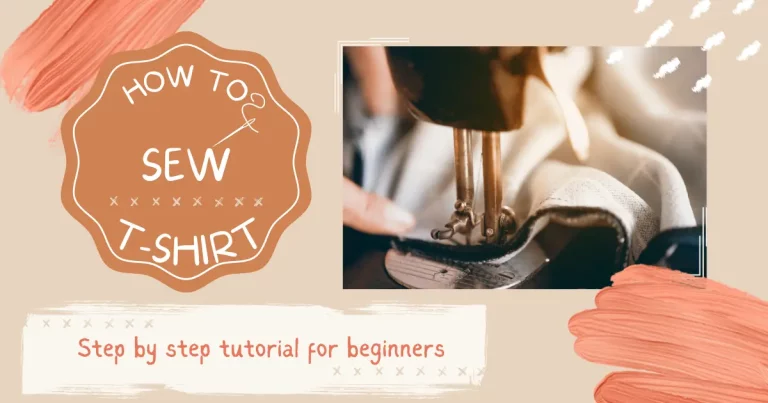How To Clean A Sewing Machine – Easy Guide
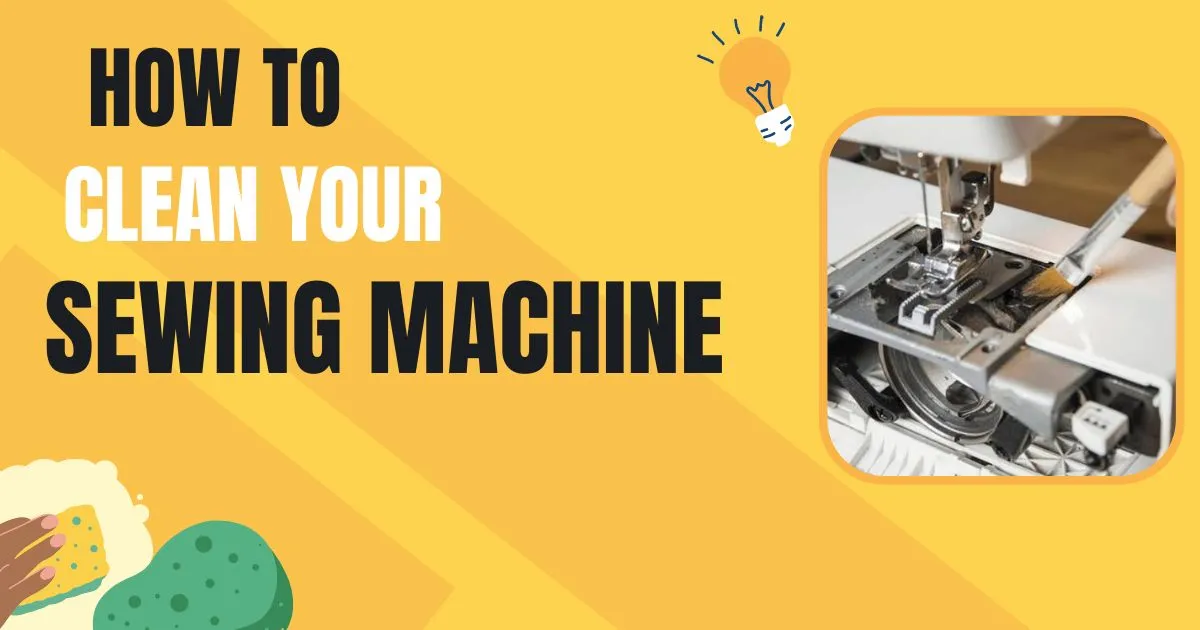
Introduction: Why Cleaning Your Sewing Machine is Essential
Regular cleaning is crucial for your sewing machine. It helps maintain smooth operation, boosts performance, and extends the machine’s lifespan. A clean machine can save you time and money on repairs in the long run.
I’ve been using my Brother XM2701 for over a year now. From my experience, a well-maintained machine makes all the difference. Cleaning it regularly has helped me avoid costly repairs and kept it running smoothly.
By keeping your machine clean, you ensure it works efficiently, avoiding the frustration of unexpected breakdowns. Regular maintenance is an investment that pays off.
How to clean a sewing machine: Easy Guide
Tools You’ll Need
Step 1: Gather Basic Tools:
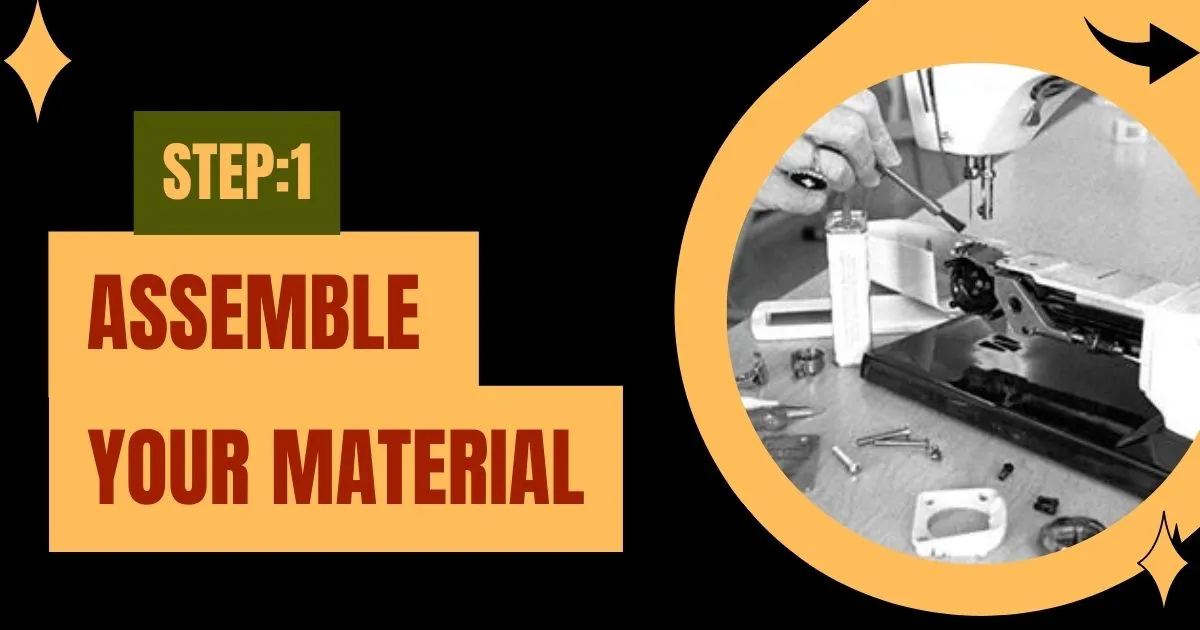
- Small brush: A toothbrush or a sewing machine brush works best.
- Lint roller or microfiber cloth: Use this to wipe away any dust or fabric lint.
- Screwdrivers: You’ll need these to remove plates and covers.
- Oiling tools: Sewing machine oil is essential for keeping the moving parts lubricated.
- Tweezers or small vacuum: These help you remove any stubborn dust or thread buildup.
Optional Tools:
- Air blower: Use this to blow dust out from hard-to-reach areas.
- Cleaning solvent: For tough grease or built-up residue, this can help break it down.
Having the right tools will make your cleaning process much easier and more efficient.
Step 2: Unplug and Prepare the Machine
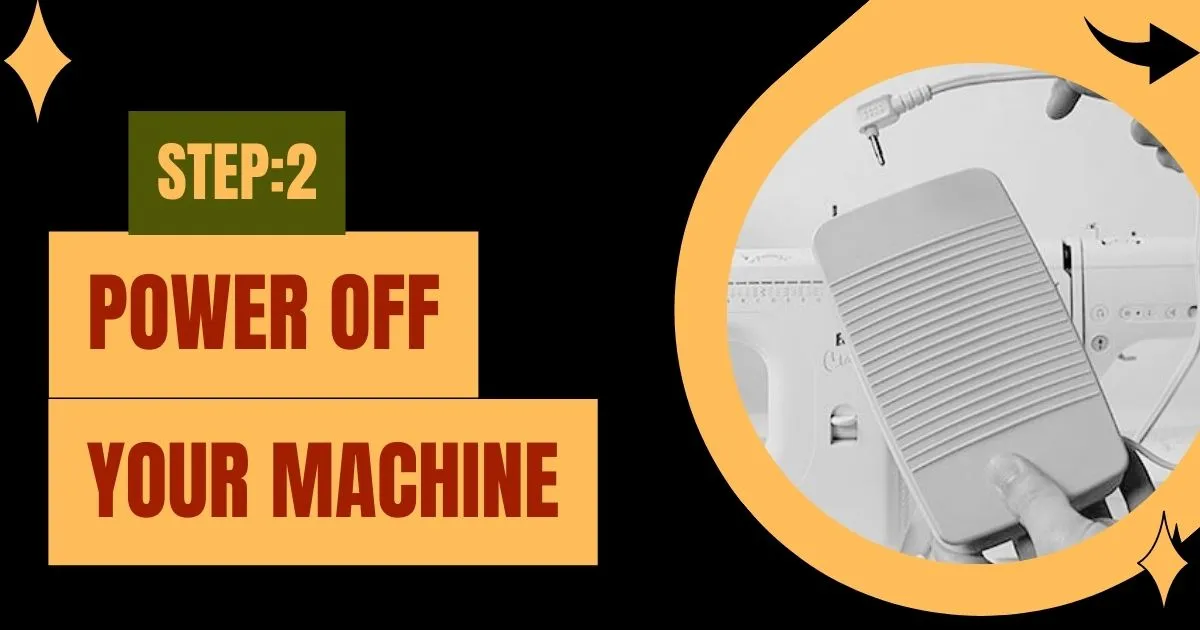
Why It’s Important:
Safety comes first! Always disconnect your sewing machine from the power source before cleaning to avoid accidents.
Real-Life Example:
Once, I tried cleaning my machine while it was plugged in. The needle accidentally dropped, and I had to replace it.
Step 3: Remove the Needle and Foot
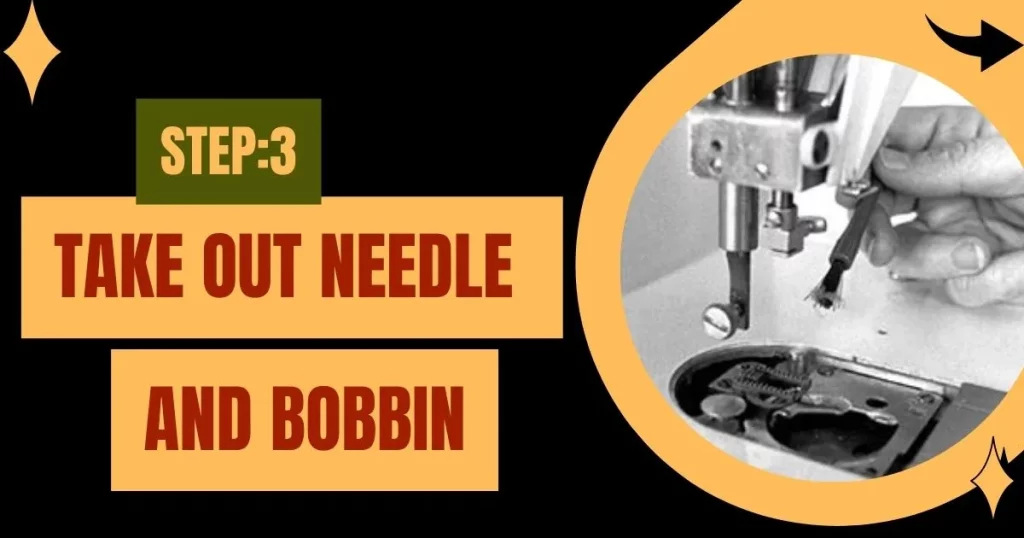
What to Do:
- Unscrew the needle and presser foot.
Tip:
Always replace the needle if it looks worn out or bent.
Example:
I once ignored replacing my needle and had stitching issues — a simple fix that saved me hours.
Step 4: Remove the Bobbin Case and Clean the Area
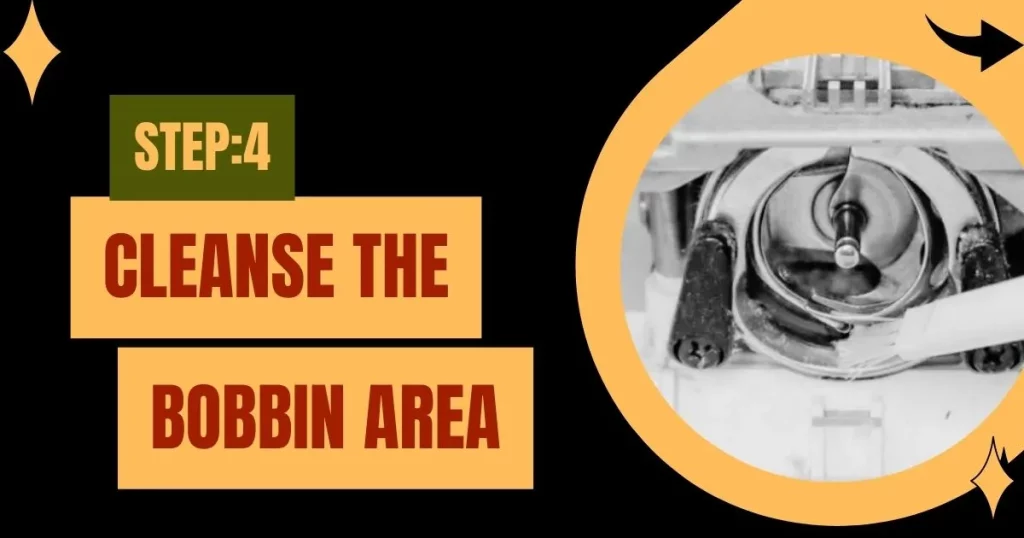
Why It’s Important:
The bobbin area collects lint and dust that can affect your stitching quality.
What to Do:
- Remove the bobbin and bobbin case.
- Clean with a small brush or vacuum to remove lint and debris.
- Use tweezers to remove stubborn threads or dirt.
Common Mistakes:
Don’t forcefully scrape dirt — it can damage the parts.
Step 5: Clean the Feed Dogs and Plate
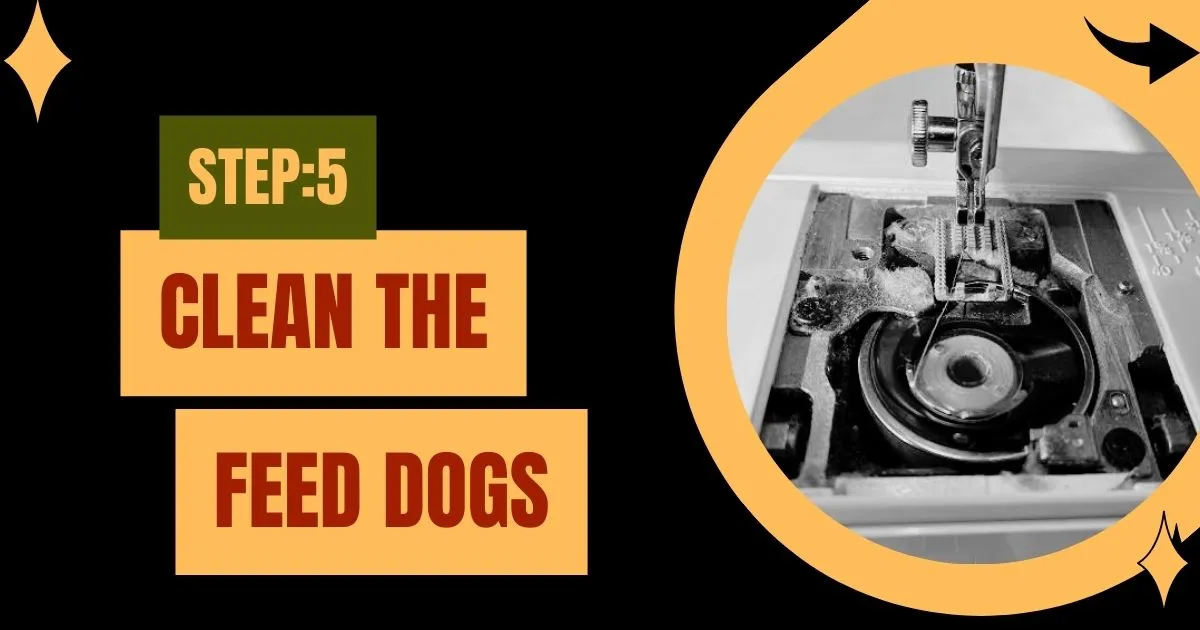
What to Do:
- Remove the sewing machine plate (refer to your machine’s manual).
- Use a brush and tweezers to clean around the feed dogs.
Why It’s Important:
Lint can build up here, affecting fabric movement.
Real-Life Tip:
I’ve found that using a lint roller on the feed dogs works wonders — it catches dust that might otherwise be left behind.
Step 6: Clean the Tension Discs
What to Do:
- Use a soft brush to clean the tension discs, where lint can accumulate.
Do’s:
Gently clean around the tension area to avoid disrupting the settings.
Don’t:
Avoid using harsh chemicals.
Step 7: Oil the Sewing Machine
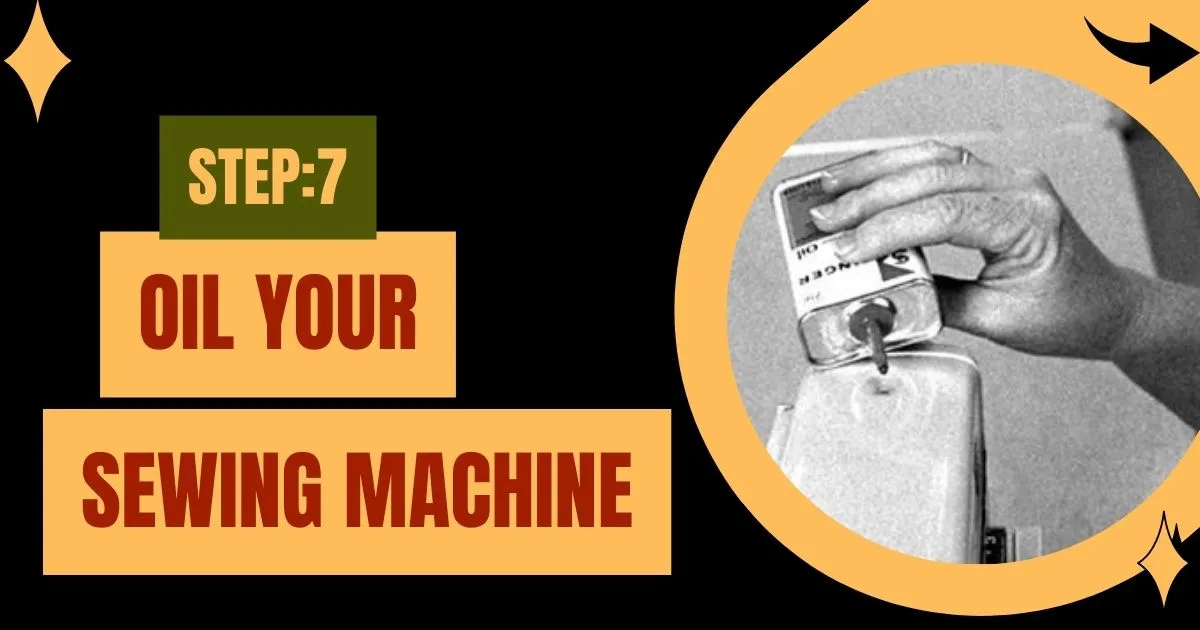
Why It’s Important:
Proper oiling a sewing machine reduces wear and tear, keeping your machine running smoothly.
What to Do:
- Apply sewing machine oil to the moving parts as instructed in the manual.
- Avoid over-oiling as it can attract dust.
After oiling my machine every month, I noticed my stitches became more consistent, and the machine ran quieter.
Step 8: Reassemble the Machine
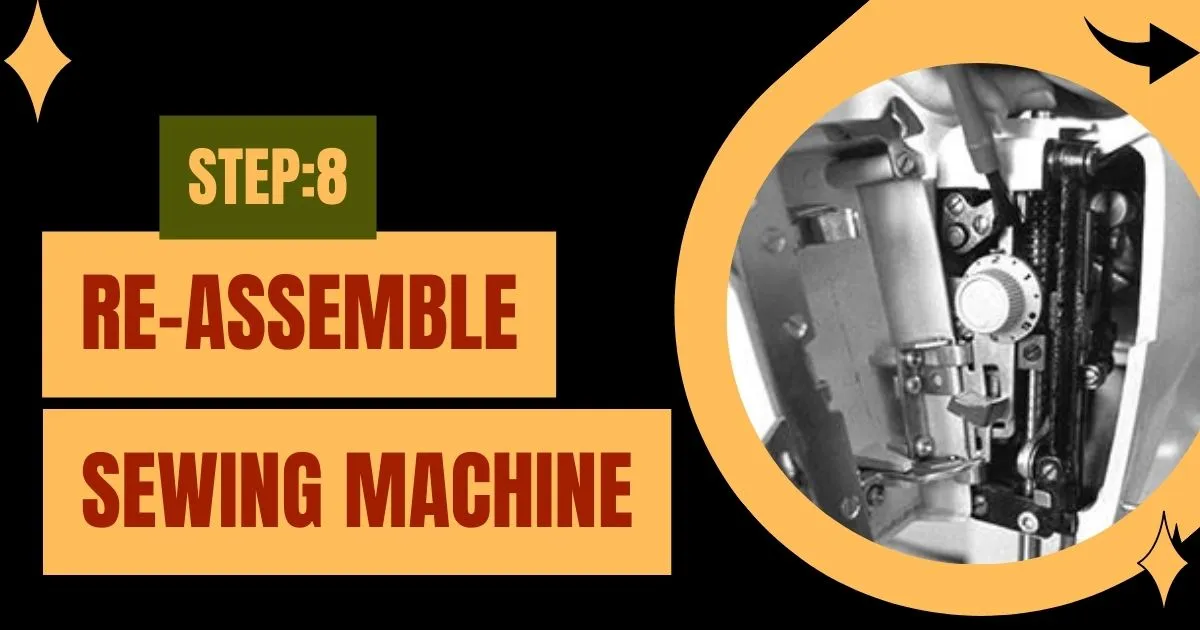
What to Do:
- Carefully replace the parts in reverse order — needle, foot, bobbin case, and sewing plate.
- Double-check for any loose screws or parts.
Tip:
Keep all screws and parts organized in a small container to prevent losing them.
Step 9: Test the Machine
What to Do:
- After reassembling, test the machine on a scrap piece of fabric.
- Check if the stitches are consistent and smooth.
Troubleshooting:
If stitches are skipping or breaking, double-check the needle and tension settings.
Step 10: Regular Maintenance Tips
How Often:
- Daily: Wipe down the exterior and check for loose threads.
- Weekly: Clean the bobbin area and feed dogs.
- Monthly: Perform a deeper clean, including tension discs and lubrication.
Why Regular Maintenance is Key:
I’ve learned that consistent upkeep prevents major repairs down the line. I’ve even saved money by learning how to clean my machine myself.
Do’s and Don’ts When Cleaning Your Sewing Machine
Do’s:
- Use appropriate tools: Always have the right tools for the job.
- Be gentle around delicate parts: Sewing machines have sensitive areas. Handle them with care.
Don’ts:
- Don’t skip regular maintenance: Cleaning your machine regularly prevents bigger issues later on.
- Don’t use harsh chemicals: Stick to sewing machine oil and safe cleaners.
- Don’t forget to check the needle regularly: A worn-out needle can cause sewing problems.
Troubleshooting Tips: What to Do if Things Go Wrong
Issue 1: Machine Doesn’t Run Smoothly
- Check for thread build-up: Look around moving parts for any thread that might be blocking them.
- Re-lubricate: If it’s been a while since you oiled the machine, oil the moving parts with sewing machine oil.
Issue 2: Stitching Problems
- Double-check needle type and thread tension: Make sure you’re using the right needle and the thread tension is set correctly.
- Ensure the bobbin is properly inserted: If you don’t seat the bobbin correctly, it will cause stitching issues.
Conclusion: Why You Should Keep Your Machine Clean
After months of neglect, I saw a huge improvement in my machine’s performance after giving it a deep clean. It’s one of the easiest ways to get the most out of your investment.
Encouragement:
Now that you know how easy it is to clean your machine, why not share your experiences? How often do you clean your sewing machine? What techniques have worked best for you? Let us know in the comments — your tips could help others keep their machines running smoothly!
Regular care matters—learn the simple steps in our full guide on how to oil a sewing machine.


